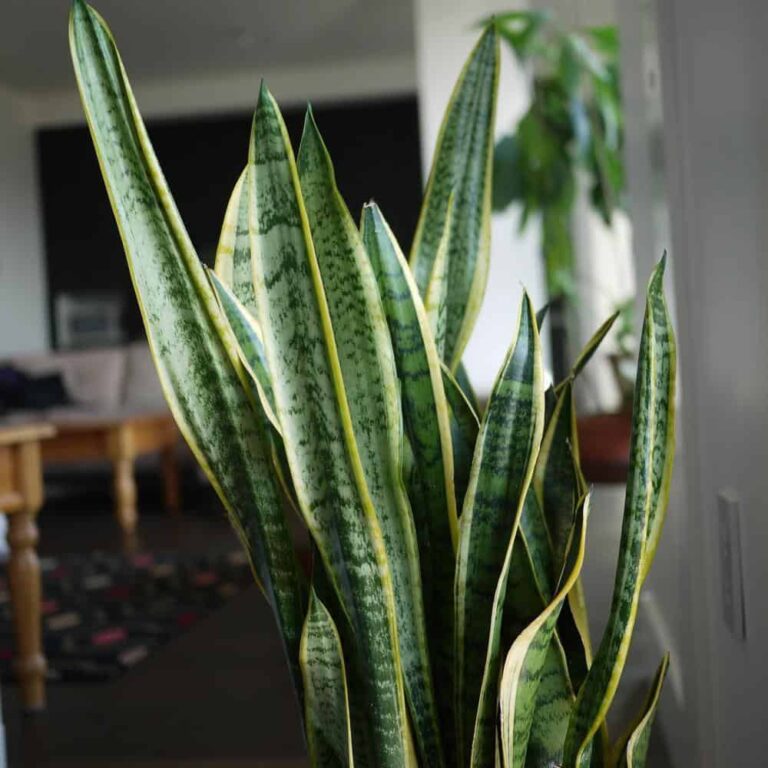Tips and Tricks to Care for the Dieffenbachia Plant
Dieffenbachia is an attractive houseplant with foliage that makes it a decorative centerpiece for your home. It is easy to grow as an indoor plant or outdoors if you live in a warmer part of the country. Dieffenbachia is the common name for plants of this genus. If you’re looking for a larger indoor plant, it’s worth considering. Read on to learn more about this stately plant.
What Is Dieffenbachia?
The term Dieffenbachia refers to a genus of plants in the Araceae or Arum Family. You’re likely familiar with many of these plants. It includes the common houseplant, peace lily, and the spring wildflower jack-in-the-pulpit. You’ll see the name used to describe any of the species with or without its full scientific name. You may recognize several of its common names, some cultivars.
You may know it by its unfortunate moniker, dumb cane. The name refers to the symptoms it causes in the case of accidental ingestion. They include burning or swelling in the mouth, nausea, and vomiting. Unfortunately, it is toxic to both humans and pets. Other varieties have much more pleasant-sounding names like “Camille,” “Perfection,” and “Tropic Snow.”
How to Grow Dieffenbachia
You’ll likely see Dieffenbachia grown more than a houseplant than a garden species. You can plant it outside if you live in USDA Hardiness Zones 10 through 12. In either case, it’s a plant that you will grow for its beautiful variegated foliage. You’ll find plants called Dieffenbachia that vary in coloration and size. They’re all evergreen perennials you can grow as a small tree or shrub.
Plant Requirements
Dieffenbachia is a relatively easy plant to grow indoors. If you live in a warm, humid area, it’ll do well under these conditions. It is, after all, a tropical plant that prefers high relative humidity. However, it can tolerate some dryness. You can create more favorable conditions indoors by growing plants together and placing shallow pans of water near them to increase the humidity.
Lighting Needs
Despite its tropical origin, Dieffenbachia prefers indirect light rather than full sun. Remember, a plant of its stature grows in the understory and wouldn’t normally get direct sunlight. In fact, its lovely variegation may fade over time in direct sun. While it can tolerate low light, partial or bright indirect light is more its speed. A plant that is sun-starved will grow spindly as a clue that it needs more light.
Moisture Needs
We talked about its need for a humid environment. Regarding watering, it’ll be happy with moist soils that are allowed to dry out slightly. Proper drainage for your container is essential even with a plant that likes it humid. If water can’t drain, it can set the stage for root rot which can kill your plant if left unchecked.
This video from the University of Illinois Extension explains the importance of proper watering for your houseplants.
Soil Conditions
As long as it’s well-draining, Dieffenbachia can adapt to a variety of soil types. To ensure proper drainage, you can mix the soil with a bit of peat moss or use a loam-based soil mixture. It prefers fertile soils. A monthly application of fertilizer will keep your plant healthy and happy. Of course, the key is balance. Too much fertilizer isn’t a good thing and can damage your plant.
Temperature
The temperature of the average home will suit Dieffenbachia just fine. You needn’t do anything in this regard. However, it may drop its lower leaves and expose its cane-like stem in cooler temperatures. The stem is an attractive feature of the plant, so it may not matter a great deal to you if this happens. The stem is naturally more visible in some varieties than others.
During the cooler winter months, you can cut back a bit on the waterings and fertilizer. It won’t need as much because of its slower growth. Follow the general rule of thumb about letting the soil dry between waterings, and your plant will do fine until things warm up again.
Fitting In
Dieffenbachia is a larger indoor plant, depending on the variety. Some smaller varieties will get only 1 ½ feet tall. Others will push four feet. However, it grows slowly. And it can take several years before it reaches its full size. It’s something you should consider because it will make moving it more difficult than a plant you keep on a table.
Despite its tall size, it has more of a compact spread of about 1 ½ feet. And that’s just at the top if it has lost some lower leaves. If size is an issue, you may want to stick with a compact variety such as “Tropic Snow.”
Other Maintenance Needs
Dieffenbachia is relatively disease and pest free, given the usual cautions about over-watering. Aphids may present a problem, especially on new growth. You won’t need to prune this plant. However, bear in mind that it can reach heights of three feet or more, depending on the variety. In the wild, it may get as tall as 10 feet high.
There is an additional caution that you need to know about growing Dieffenbachia. The sap that can irritate your mouth and throat will do the same thing to your skin. Therefore, you should wear gloves to prevent any irritation. The reason is that the plant contains oxalic acid in a concentrated form. That’s where the problem comes into play.
This compound occurs in many foods like asparagus, broccoli, and cucumbers but in much smaller amounts. And as Paracelsus, the father of toxicology, once said, “Only the dose makes a thing not poisonous.” Don’t let this fact discourage you from growing Dieffenbachia. Just make sure and take the proper caution, especially if you have children or pets.
They say that plants make a house a home. With the Dieffenbachia, you’ll have a plant with low maintenance but high on decorative value. It’ll add a welcome tropical touch to any room.


